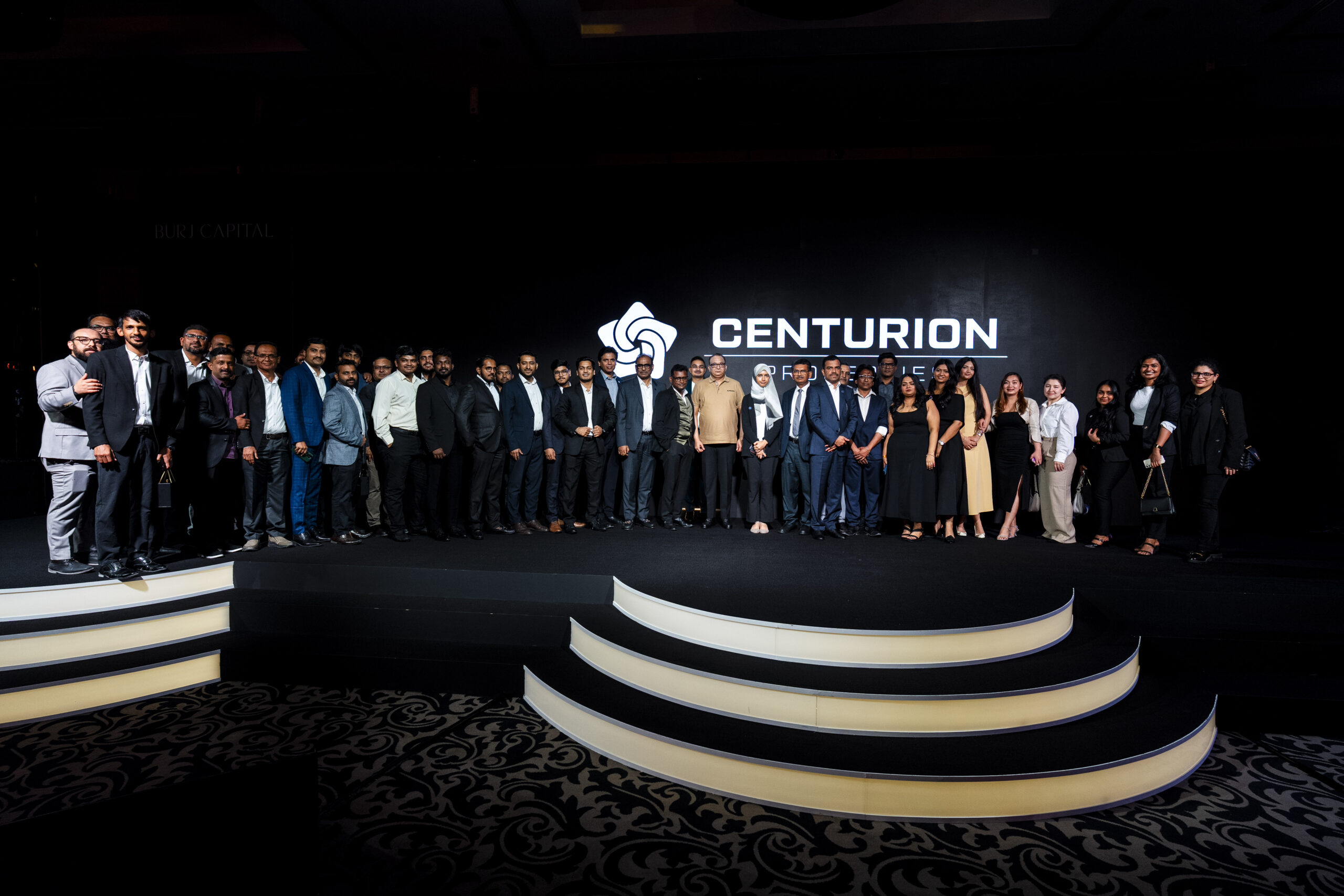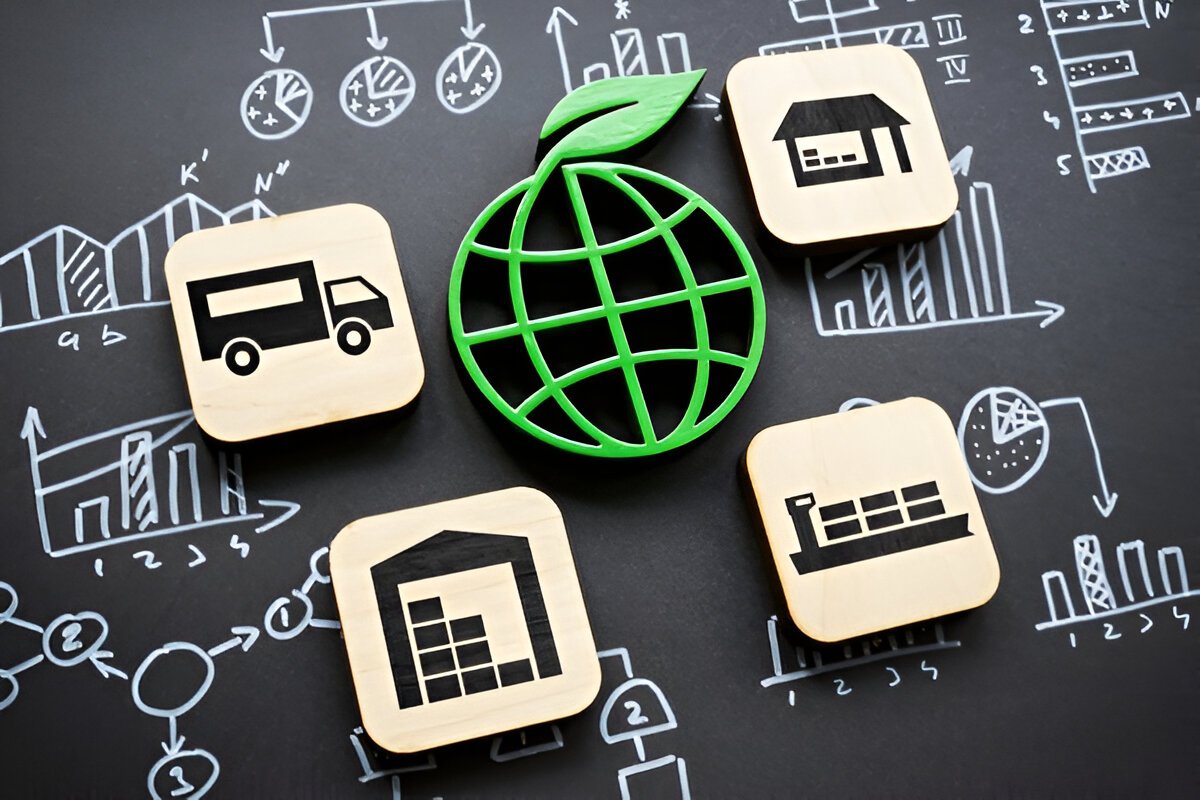What is the future of Dubai real estate?
The UAE real estate sector stands at a pivotal moment where technological innovation, sustainable design, and regulatory evolution are redefining how projects are conceptualised, built, and managed. For construction companies, sub-developers, and contractor agencies, understanding these transformative trends is essential to remain competitive and compliant in an increasingly dynamic market.
This blog explores the modern development practices and visionary planning strategies that are shaping the future of residential and commercial projects across the Emirates.
The Shift Towards Smart and Sustainable Developments
1. Integration of Smart Technologies
Smart real estate is no longer an option it’s an industry standard. Future vision Real Estate Dubai is the new vision with Developments across Dubai, Abu Dhabi, and Sharjah are incorporating IoT (Internet of Things) frameworks for energy monitoring, predictive maintenance, security automation, and user comfort.
What This Means for You:
Contractors must align with MEP (mechanical, electrical, and plumbing) consultants early in the planning stage to pre-integrate smart devices and systems. Structured cabling, smart HVAC solutions, and building management systems (BMS) must be included in the initial scope of work.
Example:
Dubai’s Sustainable City and Expo City Dubai are built with fully integrated smart grids that provide real-time energy and water usage analytics.
2. Net-Zero and Green Building Mandates
The future of the real estate market is healthy. The UAE Green Building Regulations & Specifications (GBRS), as enforced by municipalities and Dubai Municipality’s Al Sa’fat rating system, now require developers to meet strict energy efficiency and carbon reduction targets.
Construction Takeaway:
- Use of low-carbon concrete and recycled aggregates.
- Installation of solar panels, high-performance glazing, and thermal insulation materials.
- Compliance with LEED (Leadership in Energy and Environmental Design) or Estidama Pearl Ratings for design approvals.
Tip: Procurement and tender documents must now clearly define environmental performance indicators (EPIs) for subcontractors.
Modular Construction and Prefabrication Techniques
The demand for rapid urbanisation and the future of the real estate market go hand in hand. The post-pandemic need for scalability has made modular construction a highly valuable technique.
Advantages:
- Reduces on-site construction time by 30–50%.
- Ensures higher quality control through off-site manufacturing.
- Minimises site wastage and labour risks.
Implication for Contractors:
Prefabricated wall panels, MEP systems, and even bathroom pods are now being integrated into high-rise buildings and hospitality projects. Early design coordination using BIM Level 2 or Level 3 is essential to support off-site manufacturing logistics.
Embracing Digital Twin Technology
Digital twins real-time digital replicas of buildings and infrastructure are being used by developers to monitor operational performance and lifecycle costs.
Construction Implication:
- Contractors must adapt to 5D and 6D BIM platforms, integrating cost and facility management parameters.
- QR-coded construction materials and AI-driven sensors are increasingly required to feed live data into the Digital Twin during construction.
Use Case:
Aldar’s Digital Twin initiative in Abu Dhabi has proven how digital modeling from design through post-handover can save millions in operating costs.
Public-Private Partnerships (PPPs) and Build-Operate-Transfer (BOT) Models
The UAE government encourages real estate development through PPP and BOT models, particularly in sectors like affordable housing, logistics, and infrastructure.
Opportunities for Sub-Developers:
- Participate in co-investment or long-term leaseback schemes with government entities.
- Bid for infrastructure works tied to mega-projects (e.g., Dubai Urban Tech District, Sharjah Sustainable City).
Tip for Contractors:
Ensure your bid packages include strong financial and risk-sharing models, as these are heavily evaluated in BOT schemes.
Looking to Collaborate? Explore JV structures and off-plan sales partnerships with master developers in upcoming TOD projects across Dubai and Sharjah.
Regulatory and Compliance Readiness
1. Adherence to RERA and DLD Requirements
Developers must register all off-plan projects through the Dubai Land Department’s Oqood platform, ensuring buyer protections, escrow management, and milestone-linked approvals.
Construction Impact:
- Milestone-based progress certificates tied to escrow releases require third-party inspection and documentation.
- Accurate scheduling and quality assurance processes are essential to avoid delays in drawdowns.
2. Fire and Life Safety Compliance
Under UAE Civil Defense regulations, any residential or commercial project must meet the fire load and egress standards specific to the building type and use.
Construction Requirements:
- Installation of UL/FM-certified fire systems.
- Use of fire-rated ducts, cables, and cladding.
- Inclusion of third-party commissioning reports before handover.
Planning for Mixed-Use & Transit-Oriented Developments
With Dubai’s Urban Master Plan 2040 and Abu Dhabi’s Vision 2030, there is a clear shift toward mixed-use and transit-oriented developments (TODs) that integrate residential, commercial, hospitality, and mobility solutions in one ecosystem.
These developments are becoming hotspots for investors seeking rental yield stability and long-term appreciation, especially in emerging zones like Dubai South.
Design Considerations:
- Focus on pedestrian-friendly zones and integration with metro lines.
- Inclusion of underground parking, central utility plants, and green buffers.
Contractor Tip:
Ensure early-stage civil works consider future utility corridors and multi-use zoning layouts.
Final Thoughts: Building the Future, Today
For developers, contractors, and construction firms in the UAE, the future lies in adaptive construction practices, regulatory compliance, and digital fluency. The competitive edge will belong to those who:
- Embrace BIM-integrated workflows.
- Prioritize sustainability, and
- Align their operations with government master plans.
As the UAE continues its march towards becoming a global smart city hub, the synergy between innovation and opportunity will define how we build tomorrow’s skyline.
Suggested Next Steps for Developers and Contractors:
- Invest in BIM and digital twin training for site engineers and PMs.
- Partner with smart tech suppliers early during design.
- Review your internal QHSE systems to align with Estidama and Al Sa’fat standards.
- Explore JV opportunities in PPPs and TODs for long-term value.
Ready to Future-Proof Your Projects?
Centurion is here to assist you at every step. Whether you’re a sub-developer, investor, or construction partner, aligning with the UAE’s next-gen development trends opens doors to long-term growth. Let’s explore how we can build smarter, faster, and greener together.


